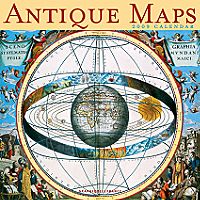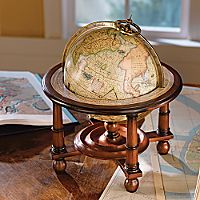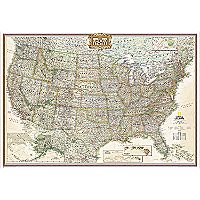
How to Determine the Value of your Antique Collectibles
By: Casey Markee
Could you have a goldmine sitting in your attic? If you've been wondering whether your pre-war ceramic bowl is worth anything, you need to determine if you have a real antique on your hands. With over 100 million avid antique collectors worldwide all participating in a global market that could top $150 billion in 2008, there has never been a better time to revisit those old or cherished collectibles you may have in your possession.
Below are five guidelines to judge whether or not you should take the next step of meeting with a professional appraiser. You can also use these signs to make sure you're getting quality when you are buying antiques.
RARITY - Items are valuable because they are rare. For example, a limited edition printing of a painting is more valuable than a painting by the same artist that was distributed in wide release. There are a few different aspects that constitute rarity. An item can be considered rare if very few pieces were made to begin with or if just a few of the pieces are still in existence. You've also got something rare on your hands if it's in an unusual color or design for the particular type of antique. Other rare items include common items with an unusual size or shape.
AESTHETICS - A piece's aesthetic quality has a lot to do with its value. Even though aesthetic tastes are very personal, there are certain things that look good to everyone. When everything about the piece is balanced and harmonious, it's considered to be aesthetically appealing. If it's pleasing to your eye, it will probably be pleasing to others as well.
DESIRABILITY - Trends come and go in popular culture and they do in the antiques and valuable market as well. Trends depend on a number of factors. For example, after the death of a public figure there is an increase in demand for items related to that person.
AUTHENTICITY - Doing research on your item will help you tell whether or not it's authentic. There are certain types of antiques that are frequently replicated and without having a careful eye, you can be easily duped. Many types of antiques have guidebooks that detail what to look for in authentic pieces. A good appraiser will also be able to tell you if your piece is authentic.
GOOD CONDITION - If your item meets all of these standards, the only thing left to determine is its condition. Ideally, your item will be in the same condition that it was when it was first created. However, depending on the age of your antique, that's not always possible. The closer to mint (original) condition the more valuable it will be. In some cases, a very rare item will still be valuable even if it's in damaged condition.
Author Resource:-> Casey Markee is a consultant with worldwide consignment shop Nate D. Sanders, Inc. based in Los Angeles, CA. Visit them online today to view their incredible inventory covering everything from Hollywood memorabilia to historical autographs to signed Presidential memorabilia.
Article From Free Find Article Directory - Find Thousands of Articles











No comments:
Post a Comment